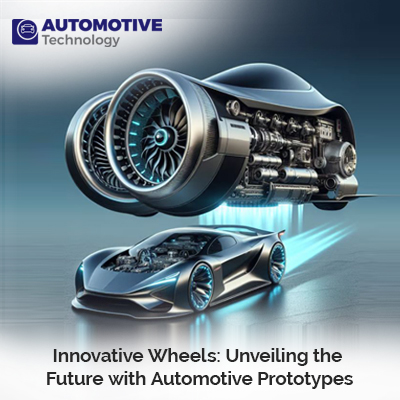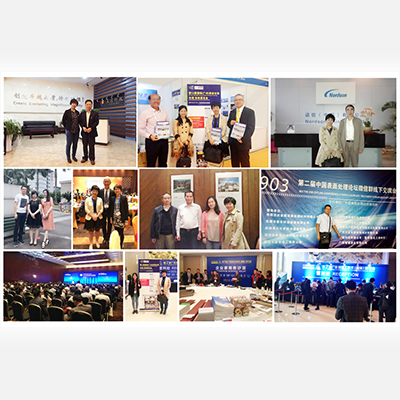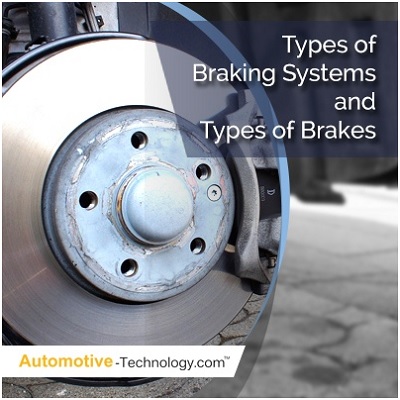Innovative Wheels: Unveiling the Future with Automotive Prototypes

Introduction:
The automotive industry has long been at the forefront of innovation, constantly pushing the boundaries of technology and design to create vehicles that not only meet our transportation needs but also redefine the way we experience mobility. In recent years, a particular focus has been placed on the development of innovative wheels, aiming to enhance performance, efficiency, and sustainability. This article explores the cutting-edge automotive prototypes that are shaping the future of transportation.
The Evolution of Wheels:
Wheels are an integral part of any vehicle, providing a crucial link between the vehicle and the road. Over the years, we have witnessed significant advancements in wheel technology, from the basic wooden and metal constructs of early automobiles to the advanced alloy and composite materials used in modern vehicles. The evolution of wheels has not only been about materials but has also encompassed improvements in aerodynamics, weight reduction, and overall efficiency.\
| Also Read: Revolutionizing the Road: Automotive Prototypes Shaping Tomorrow's Transportation |
Smart Tires and Connectivity:
One of the most exciting developments in automotive wheel technology is the advent of smart tires. These tires are equipped with sensors that gather data on tire pressure, temperature, tread wear, and other vital parameters. This information is then transmitted to the vehicle's onboard computer, providing real-time feedback to the driver. This not only enhances safety by preventing blowouts but also contributes to fuel efficiency by optimizing tire performance.
Moreover, the connectivity aspect extends beyond the vehicle itself. Some prototypes are designed to communicate with external infrastructure, such as traffic lights and road sensors, to improve traffic flow and reduce congestion. This interconnectivity is a crucial step towards creating a smarter and more efficient transportation system.
Airless Tires: Reinventing the Wheel:
Traditional pneumatic tires, while effective, are not without their drawbacks. Flat tires, punctures, and the need for regular maintenance are common issues. To address these concerns, automotive engineers have been experimenting with airless tires. These prototypes use advanced materials and innovative designs to eliminate the need for air, providing a more durable and maintenance-free solution.
Airless tires come in various forms, from honeycomb structures to futuristic designs inspired by NASA's Mars rovers. By eliminating the risk of punctures and the need for constant pressure monitoring, airless tires offer a more reliable and sustainable option for the future of mobility.
Morphing Wheels: Adapting to Terrain:
Imagine wheels that can dynamically change their shape and tread pattern to adapt to different driving conditions. This is the concept behind morphing wheels, an innovation that aims to enhance off-road capabilities and overall performance. These wheels use advanced materials, such as shape-memory alloys, to alter their structure based on the terrain.
For instance, when driving on smooth roads, the wheels can adopt a flatter profile for reduced rolling resistance and improved fuel efficiency. In off-road conditions, the wheels can morph to provide enhanced traction by adjusting their tread pattern. This adaptability not only improves the driving experience but also opens up new possibilities for off-road exploration and adventure.
Energy-Harvesting Wheels:
As the automotive industry increasingly embraces sustainable practices, energy-harvesting wheels have emerged as a promising prototype. These wheels are designed to capture and convert energy during vehicle motion, contributing to the overall power supply of electric vehicles (EVs) or hybrid vehicles.
Various technologies are being explored, including regenerative braking systems and piezoelectric materials integrated into the wheel structure. By harnessing the energy that is typically lost as heat during braking or while driving, these wheels offer a potential boost to the efficiency and range of electric vehicles, making them more attractive to environmentally conscious consumers.
360-Degree Steering Wheels:
The traditional concept of a steering wheel has remained relatively unchanged for decades. However, recent prototypes have challenged this norm by introducing 360-degree steering wheels. These innovative designs allow for increased maneuverability and flexibility, particularly in urban environments with tight spaces.
360-degree steering wheels can rotate continuously, eliminating the need for multiple turns to navigate sharp corners. This not only enhances the driving experience but also contributes to improved safety by reducing the risk of collisions in challenging driving conditions. As autonomous vehicles become more prevalent, this type of steering wheel design could become a standard feature.
Intelligent Wheels: Enhancing Vehicle Autonomy:
The future of mobility is undoubtedly linked to autonomous vehicles, and wheels play a crucial role in making this vision a reality. Intelligent wheels, equipped with sensors, cameras, and advanced computing capabilities, contribute to the vehicle's ability to perceive and navigate its surroundings.
These smart wheels work in tandem with other onboard systems to enable features such as lane-keeping assistance, automatic parking, and collision avoidance. By enhancing the autonomy of vehicles, intelligent wheels are a key component in the evolution towards fully self-driving cars.
Transparent Wheels: The Vision of the Future:
The quest for innovation in automotive wheels has even led to the development of transparent wheels. Inspired by cutting-edge materials like graphene and transparent aluminum, these wheels offer a futuristic aesthetic while also serving practical purposes.
Transparent wheels enhance visibility for drivers by allowing them to see through the wheels, eliminating blind spots and improving safety. Additionally, these wheels contribute to the overall design aesthetics of vehicles, creating a sleek and futuristic appearance that aligns with the evolving concept of mobility.
Conclusion:
Innovation in automotive wheels is propelling the industry toward a future defined by enhanced performance, sustainability, and safety. From airless tires to intelligent wheels and beyond, prototypes are pushing the boundaries of what is possible in the world of transportation. As these innovations continue to evolve, the automotive landscape is set to undergo a transformation that will redefine the way we perceive and experience mobility. The future is not just on the horizon; it's rolling in on innovative wheels.


